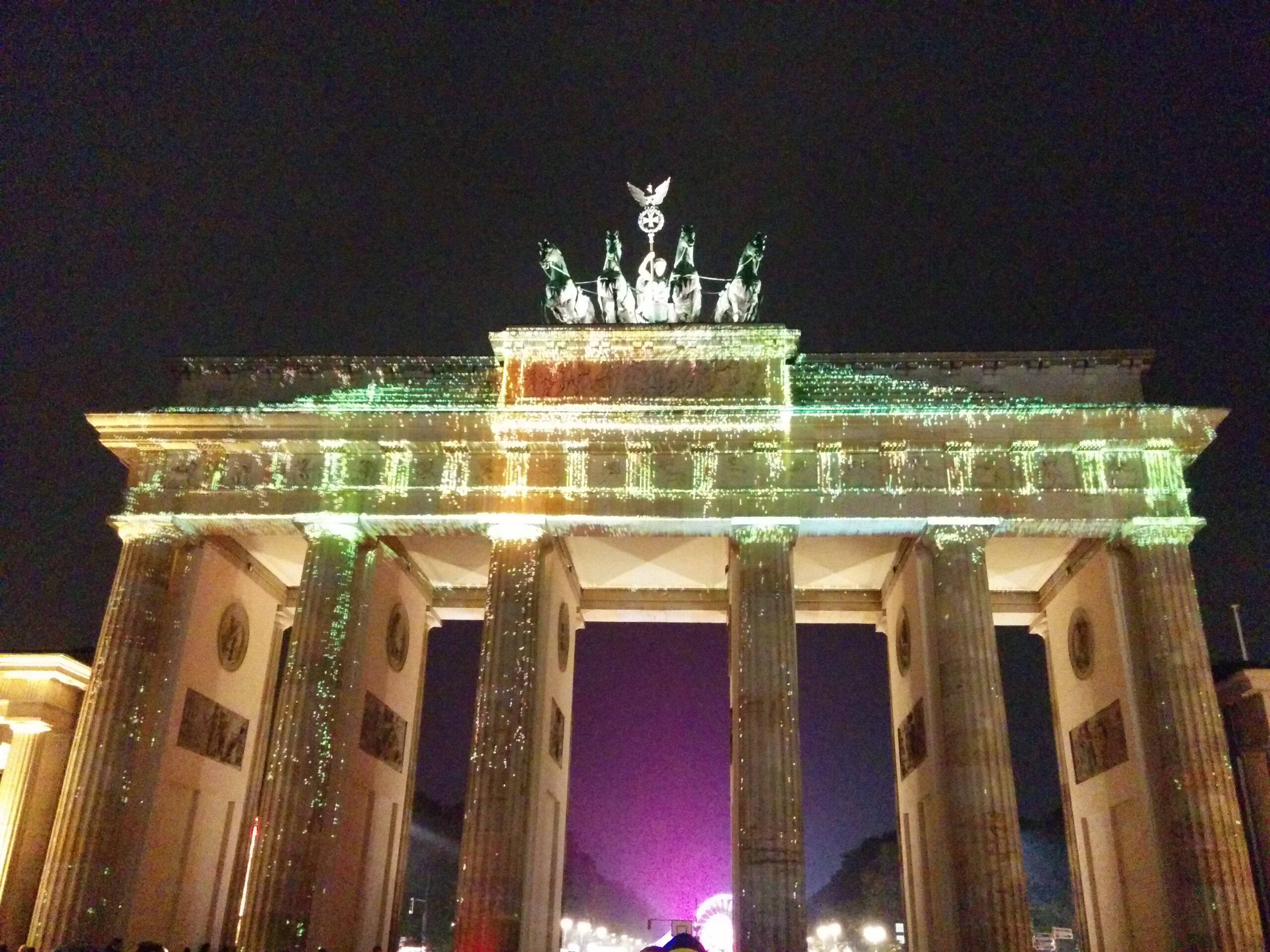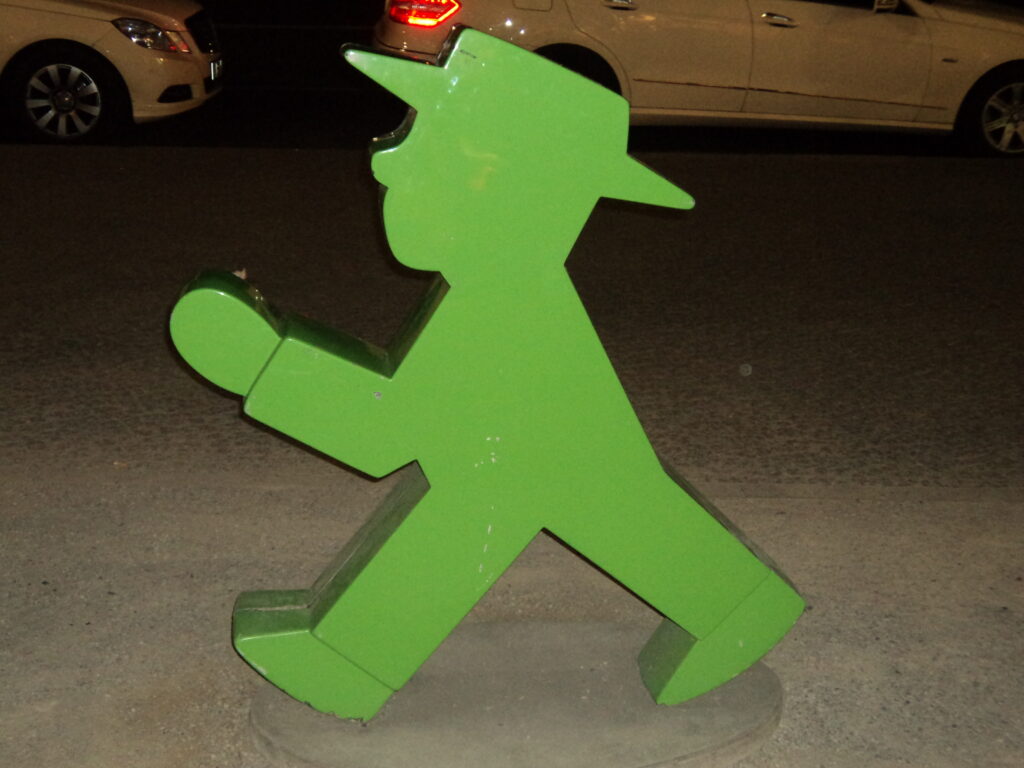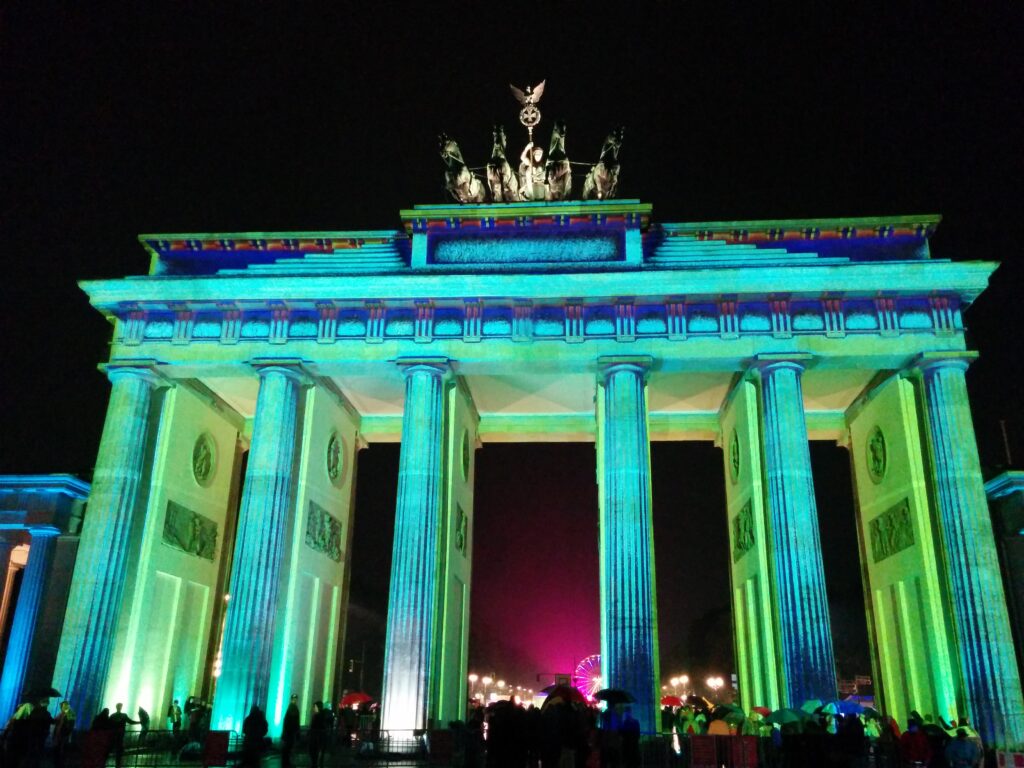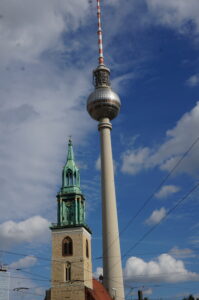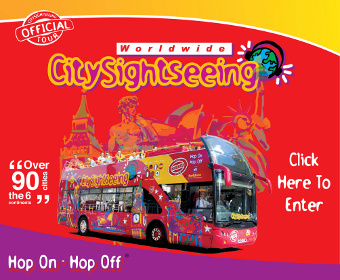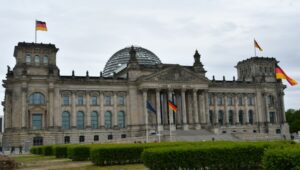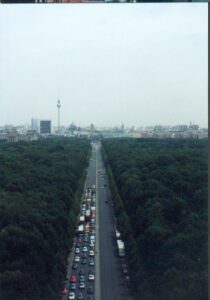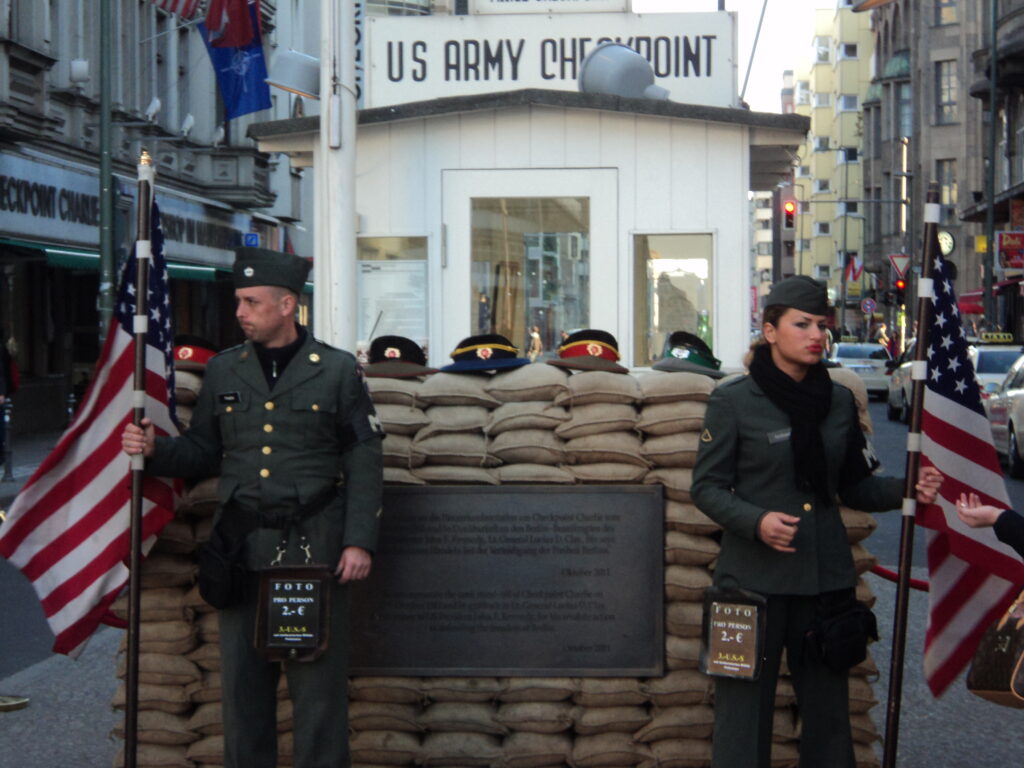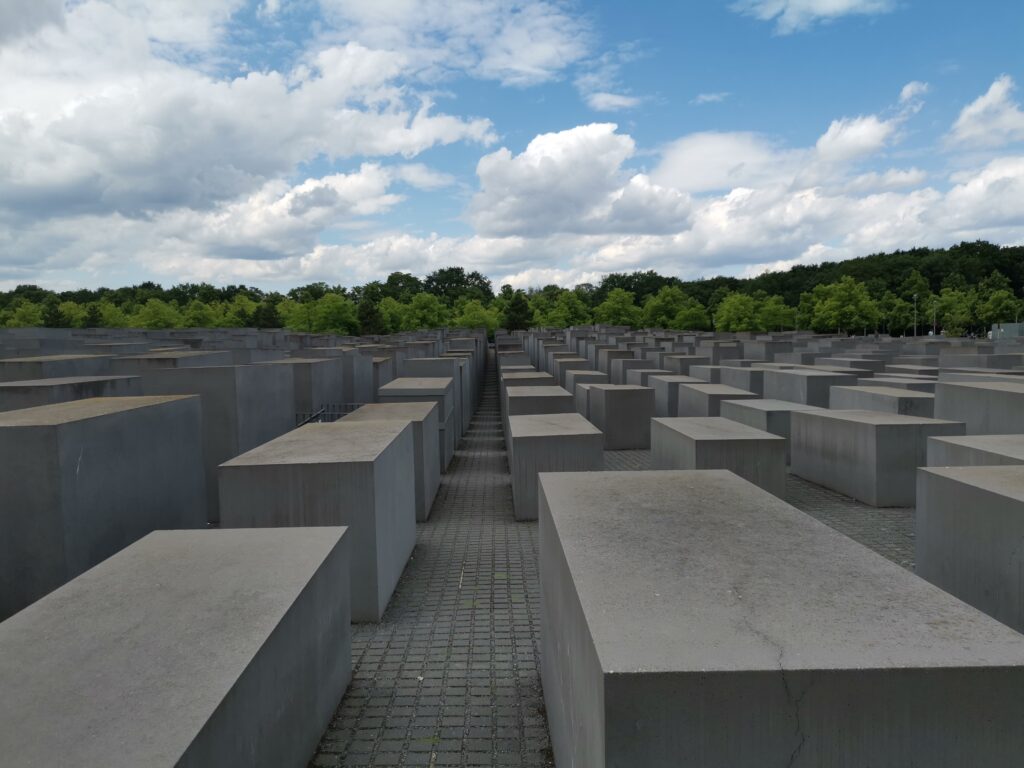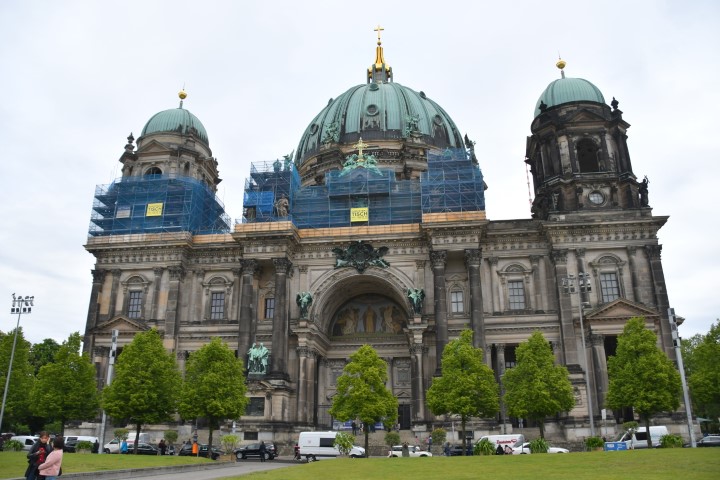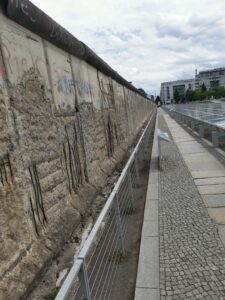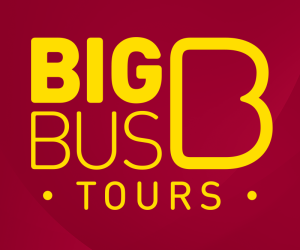Berlin in the capital city of Germany with a population of just under 4 million people. Known in Germany as a liberal city compared to other cities in Germany like Munich, which are known to be a bit more conservative.
Berlin is a vibrant city with amazing nightlife, rich history that dates back to the 13th century and cultural landmarks with over 170 museums. In addition, Berlin has thousands of parks and restaurants and local beer are some of the best in Europe.
The city was divided during the Cold War and when the Berlin Wall came down in 1989, the 18th century Brandenburg Gate has become a symbol of reunification and one of the most visited attractions in the city.
If you are planning a trip to Berlin, we recommend you stay at least four to five days to explore and see this amazing city. Even after the 5th day, you will only be scraping the surface of what this city has to offer.
In this article, we will give you a list of the must see tourist attractions when you visit Berlin,
Visit the Brandenburg Gate
One of Germany’s most important historical sites, the Brandenburg Gate is a recognizable representation of Berlin. This neoclassical triumphal arch serves as a potent representation of the country’s history, unity, and peace.
Berlin’s Brandenburg Gate has been there for significant events in German history. As a border between East and West Berlin, it functioned as a symbol of division throughout the Cold War. The Berlin Wall was transformed into a potent representation of reunification and the victory of democracy after it came down.
The gate’s enormous central arch, soaring columns, and famed Quadriga statue on top all attest to its magnificence. Through the gate, visitors can enter Pariser Platz and take in the lively environment that is surrounded by significant structures like the Reichstag and the American Embassy.
The Brandenburg Gate still stands as a representation of liberty, democracy, and the tenacity of the German people. It is a must-see attraction that offers a concrete link to the history of the country and serves as a reminder of how important peace and unity are.
Visit the Berlin Television Tower
The Berlin Television Tower (The Fernsehturm) is on Alexanderplatz and stands at 368m, which makes it the tallest building in Berlin.
It was constructed between 1965 and 1969 by the then German Democratic Republic or East Germany government and it was meant as a symbol of Communist power and during the this time was a broadcasting facility.
The Communist government in East Germany thought it showed their power to the West. However, many West Berliners had a laugh because when the sun was shining a reflective dome would form a cross on the Berlin Cathedral below from the Berlin Tower. As the Communist government were thought to be, more atheists and they prosecuted those who worshipped. Those in the West thought it was a sign from God as a punishment to embarrass the East German government.
Today, you can go to the top of the Tower and see breath-taking and panoramic 360° views of the Berlin. This is a must-see attraction and you will not be disappointed.
If you would like to book a tour or admission to see the Berlin Television Tower, click here or on the Klook image below to select from one of our preferred suppliers.
Visit the Fuhrerbunker Berlin
The Führerbunker was an air raid, bomb and bunker shelter that was finished in 1944 and was located near the Reich Chancellery in Berlin during World War II.
It was where Adolf Hitler spent the final days of his live with his then wife Eva Braun and other senior Nazi leadership right before the Soviets captured Berlin.
The bunker today is located near the Holocaust Memorial to the Murdered Jews of Europe and between Potsdamer Platz and Brandenburger Tor. There is nothing to see today except for a plaque stating what the site was. Some corridors of the bunker still exist today. However, these have been sealed off to the public.
Visit the Reichstag Building
The Reichstag Building, which is located in Berlin, is a representation of democracy, the past, and brilliant design. It is one of the most recognisable landmarks in the city because to its colourful past and important place in German history.
The Reichstag Building, which was initially built in the late 19th century, housed the German parliament until 1933. It was there that crucial events in German history, such as the establishment of the Weimar Republic and the development of the Nazi government, took place.
The German Bundestag, the current parliament, is housed in the Reichstag Building, which underwent substantial renovations and was reopened in 1999. The building’s glass dome, which offers sweeping vistas of Berlin and stands for openness and transparency in governance, is its most remarkable feature.
Visitors can climb the dome to take in the stunning cityscape and learn about the development of the German government. Additionally, the structure includes a number of exhibits and historical artefacts that provide light on Germany’s political climate.
The Reichstag Building serves as a symbol of democracy’s tenacity and a reflection of Germany’s complicated past. It is a must-see destination for both history buffs and fans of architecture because it serves as a symbol of the country’s dedication to openness and democratic ideas.
Visit the Tiergarten
In the center of Berlin, Tiergarten is a sizable urban park that provides a peaceful haven from the busy city. Tiergarten is a well-liked tourist site for both locals and visitors because of its rich vegetation, winding walks, and scenic scenery.
Tiergarten, one of Germany’s biggest urban parks with a 520-acre footprint, is a haven for recreation. It has a wide variety of plants and animals, including lovely gardens, tranquil lakes, and roomy lawns ideal for picnics or leisurely strolls.
Several famous landmarks, including the Brandenburg Gate, the Berlin Victory Column, and the Bellevue Palace, can be found in the park. Tiergarten becomes a centre of both natural beauty and architectural marvels as a result of these landmarks, which give it historical and cultural significance.
Visitors to Tiergarten have a variety of outdoor activities at their disposal, such as cycling, jogging, or simply unwinding in the peace and quiet of nature. The park is a favourite destination for people and tourists looking for a break from the bustle of the city because of its convenient location, which makes it easy to access adjacent attractions and neighbourhoods.
In the middle of Berlin, Tiergarten offers a pleasant and attractive hideaway that encourages people to get in touch with nature, discover historical sites, and take in some peace and quiet amidst the bustle of the city.
If you are trying to figure out how big the Tiergarten is well, it is bigger than Hyde Park in London and a bit smaller then New York’s Central Park. If it is a nice day when you are in Berlin, we definitely recommend you take a stroll through this area.
Visit Checkpoint Charlie
When World War II ended, Berlin was divided into four zones of occupation. These included the United States, France, Britain and the Soviet Union, which at the time were the four strong powers to come out of World War II.
The Cold War lasted from 1947 to 1991 and Checkpoint Charlie was one of the main Berlin Wall crossing points for those wanting to cross from West Berlin into East Berlin for vice versa. The Americans called it Checkpoint Charlie because they controlled this area of West Berlin into East Berlin.
One of the most famous events occurred on October 27, 1961 when Soviet and American tanks faced off against each other, which heightened the possibility of military confrontation between these two nuclear powers.
Today, there is not much left, but they still have part of Checkpoint Charlie set up and pictures of soldiers and information indicating how these events occurred in 1961 and pictures showing what it looked like back then. It is worth a visit, but please be observant because it is a busy street with cars driving past.
Visit Potsdamer Platz
Berlin’s Potsdamer Platz, a lively and busy plaza that represents the city’s resiliency and rebirth, is situated in the city’s centre. Potsdamer Platz, which was once a no-man’s land split by the Berlin Wall, has evolved into a dynamic urban hub that features contemporary architecture, entertainment, and retail.
The Sony Centre, a famous skyscraper with a beautiful glass dome that regularly hosts cultural events and exhibitions, is one of the many impressive buildings that surround the area. Additionally, Potsdamer Platz provides a wide range of shopping options, including opulent boutiques and well-known worldwide brands.
The Berlin Wall Memorial, which is close by and sheds light on the partition and unification of the city, allows visitors to learn more about the extensive history of the neighbourhood. Due to the square’s great public transportation connections and convenient location, it is quite easy to get to.
For those seeking a fusion of history and modernity in the exciting city of Berlin, Potsdamer Platz is a must-visit location thanks to its energetic atmosphere, architectural wonders, and numerous entertainment options.
Visit the Holocaust Memorial – Memorial to the Murdered Jews of Europe
The Holocaust Memorial, sometimes referred to as the Memorial to the Murdered Jews of Europe, is a moving and evocative memorial to the numerous millions of Jews who perished in the Holocaust. This memorial, which is situated in the centre of Berlin, serves as a sombre reminder of the crimes committed during World War II.
Over a sloping field, 2,711 concrete slabs of varied heights are set in a grid arrangement to form the memorial. It is disorienting to go through the maze-like building, which represents the victims’ confusion and hopelessness. There is a sense of introspection and contemplation due to the memorial’s massive size and stark architecture.
Visitors to the memorial are welcome to look around, pay their respects, and consider the great sorrow and loss that resulted from the Holocaust. The subterranean information centre provides a thorough explanation of the historical background, individual accounts, and the catastrophic effects the Holocaust had on the Jewish community and all of Europe.
The Holocaust Memorial is a potent example of the value of remembering the past, promoting tolerance, and vowing never to forget its atrocities.
Visit the Berlin Cathedral
One of the most important sights in Berlin is the Berlin Cathedral, usually referred to as the Berliner Dom. It is a stunning architectural wonder. This magnificent cathedral towers aloft on Museum Island, looking out over the Spree, and represents Berlin’s extensive historical and cultural legacy.
The Berlin Cathedral is a classic example of neo-Renaissance and neo-Baroque architecture with its imposing dome, elaborate façade, and exquisite embellishments. Inside, the main nave is magnificent and filled with intricate sculptures, stunning stained glass windows, and a large pipe organ.
Panorama views of Berlin’s cityscape are available after ascending the dome, offering a stunning vantage point of the surroundings. A number of museums and exhibitions that highlight religious artefacts, priceless antiquities, and the cathedral’s history are also housed in the cathedral.
A trip to Berlin Cathedral is essential for anybody hoping to fully appreciate the history and beauty of the city, whether they plan to take in the architectural splendour, attend a concert, or just find some quiet in its tranquil interior.
Visit the Topography of Terror Berlin
Berlin’s Topography of Terror is a thought-provoking and educational exhibition space that examines the background and atrocities of the Nazi era. This memorial, which is located on the spot where the SS and Gestapo’s former headquarters during World War II formerly stood, serves as a sombre reminder of the atrocities done during that terrible time.
Inside and outside exhibits at the Topography of Terror allow visitors to learn about the emergence of the Nazi party, the persecution of numerous communities, and the Holocaust’s institutionalized brutality. The display includes images, records, and first-hand accounts that give visitors a thorough knowledge of the atrocities that occurred.
The outdoor area displays fragments of the old structures and sections of the Berlin Wall, providing a concrete link to the historical significance of the location. In addition to hosting educational activities and programmes, the exhibition centre encourages conversation and the remembering and learning of the past.
A sobering reminder of the results of hatred, bigotry, and unbridled power is provided by The Topography of Terror. It promotes historical reflection among visitors, strengthening their dedication to democracy, human rights, and the abolition of similar horrors in the future.
Visit the DDR Museum
If you would like to see, an interactive and hands on museum to what live was like living in East Germany during the Cold War then you should definitely go see the DDR Museum. For a person who loves history you will love this museum and if you are a bit older and growing up during the Cold War it may bring back a few memories.
Located on the banks of the River Spree, opposite the Berlin Cathedral the DDR Museum opened in 2005. As mentioned, the museum brings the German Democratic Republic back to life and you will see and learn about Stasi surveillance techniques, the history of East German and how many East Germans lived every day. We highly recommend this museum to anyone visiting Berlin.
If you would like to book a tour or admission to see the DDR Museum, click here or on the Viator image below to select from one of our preferred suppliers.
Visit Alexanderplatz
Any traveler looking to experience a dynamic and active city must go to Berlin’s Alexanderplatz. This famous area is a hive of activity and offers a mix of historic sites, contemporary buildings, restaurants, shopping, and entertainment.
The imposing Fernsehturm (TV Tower), a landmark of Berlin and a fantastic vantage point to take in the city’s skyline, is located in the center of Alexanderplatz. Ascend the tower for magnificent 360-degree vistas, or dine in the rotating restaurant.
Significant historical sites like the Neptune Fountain, the World Time Clock, and the famous red Berliner Rathaus (City Hall) may be found on Alexanderplatz. With various shops, department stores, and boutiques offering a wide range of shopping choices, the plaza is bustling with activity.
The adjacent Berliner Ensemble theatre and several museums offer aesthetic and intellectual stimulation for individuals looking for cultural experiences. The Alexanderplatz serves as a great starting place for seeing other areas of the city thanks to its outstanding public transit connections.
A visit to Alexanderplatz offers a taste of Berlin’s dynamic energy and the chance to immerse oneself in the city’s history and modern lifestyle, whether one is shopping, touring, or just taking in the lively environment.
Visit the Berlin Wall Memorial
The sad and important historical site that recalls the partition and reunification of the city is the Berlin Wall Memorial, which is situated in the centre of Berlin. It serves as a symbol of the political ramifications and human cost of the Berlin Wall, which previously divided East from West Berlin during the Cold War.
The memorial includes a preserved section of the wall as well as an outdoor museum that sheds light on how the wall was built, how it affected people’s lives, and the difficulties faced by those who had to live in its shadow. Visitors can tour the Documentation Centre at the memorial, which has historical artefacts, images, and personal accounts that provide a greater knowledge of this turbulent time in history.
Visitors can see the remnants of guard towers, a piece of the wall that has been rebuilt, and the “death strip” that previously split families and villages as they stroll around the memorial. The monument serves as a reminder of the value of liberty, of community, and of the necessity of averting similar divisions in the future.
The Berlin Wall Memorial is a potent example of the fortitude and bravery of individuals who were impacted by the wall’s presence. It provides visitors with a solemn and contemplative setting in which to learn about, pay tribute to, and remember the innumerable people who suffered throughout this period of division and hostility.
Festivals in Berlin
Germany’s vivacious capital, Berlin, is well known for its dynamic and diversified festival scene, which draws tourists from all over the world. The city offers a tonne of events all year long that honour many different subjects and genres of art.
The Berlin International Film Festival, usually referred to as the Berlinale, is one of Berlin’s most well-known events. It attracts both industry insiders and movie buffs with its wide array of international films, which range from independent flicks to blockbusters.
The Karneval der Kulturen (Carnival of Cultures), a vibrant and jubilant street festival that honours Berlin’s pluralism, is another well-liked occasion. A joyous and welcoming atmosphere is created by the festival’s colorful parades, musical performances, art installations, and gastronomic treats from other nations.
On the summer solstice, a popular celebration called Fête de la Musique turns the city into a huge outdoor concert arena. On streets, parks, and squares, musicians of all genres play for free, fostering a day of cross-cultural interaction.
In addition, Berlin holds electronic music festivals that draw visitors from all over the world, including the well-known Berlin Atonal and Lollapalooza Berlin.
These are only a few of the numerous festivals that Berlin offers, making it a mecca for culture and a haven for festival-goers. Berlin’s festival scene has something to offer for everyone, regardless of your interests in music, art, film, or simply appreciating different cultures.
If you would like to buy a ticket to one of the festivals in Berlin, click here or select below from one of our preferred suppliers.
14. Do a Hop on Hop Off Bus Tour in Berlin
Berlin’s hop-on, hop-off bus tours are a fantastic way to see this bustling and historically significant capital city. These excursions offer a practical and adaptable method of learning about Berlin’s famous buildings and cultural attractions.
You can join the bus at any scheduled stop and get out at any location along the route when taking a hop-on hop-off bus trip. This enables you to personalise your schedule and devote more time to the locations that most interest you. The bus tour offers quick access to famous places like the Brandenburg Gate, Checkpoint Charlie, the Berlin Wall, and Museum Island.
The buses include multilingual audio commentary that provides intriguing and educational information about Berlin’s history, culture, and architecture. This commentary improves your tourist experience and aids with your comprehension of the significance of the city.
Additionally, hop-on hop-off bus trips frequently include many itineraries, enabling you to see other communities and sights. This guarantees that you may see the majority of Berlin’s top attractions, from the contemporary city centre to the historic neighborhoods.
In conclusion, hop-on hop-off bus tours in Berlin give guests a quick and engaging method to experience the city’s greatest sites, making for an educational and fun trip.
If you would like to book a hop on hop off bus tour in Berlin, click here or on either the Big Bus Tours or CitySightseeing banners below from one of our preferred suppliers.






